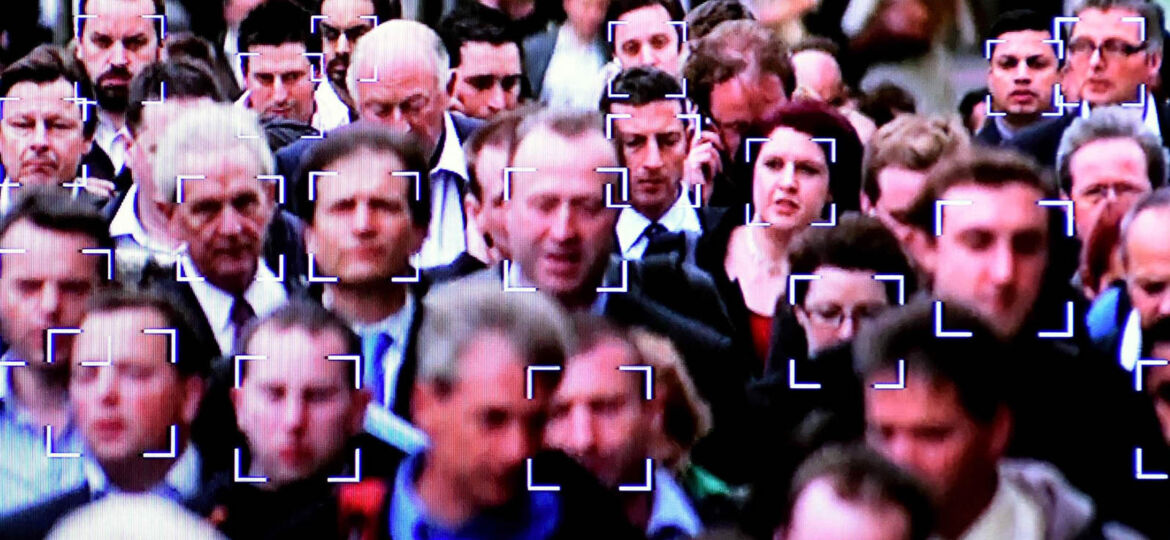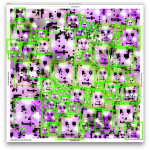
WHY THIS MATTERS IN BRIEF
Whether it’s online or offline commercial organisations and government institutions are increasingly stripping away our privacy with little regard for the implications or moral consequences, now fringe actors are trying to fight back.
You know that you are tracked online. You may also know that any institution on Earth willing to pay for it could get access to at least 450 unique data points about you, your life, your family, your friends and almost everyone you’ve ever come into contact with – no matter how sparingly, and that from that they’d be able to put together a scarily accurate profile. And, in some cases governments such as China are now pooling this information to create societal “score card” systems.
What you might not know though is just how your offline behaviours are now being monitored and tracked. Sure, facial recognition is the one most people know about but I know organisations who can grab your brainwaves, emotions, fingerprints, iris scans, speech and much more besides at a distance of at least a hundred feet and use the information from them to steal your darkest secrets, and let’s not start talking about persistent surveillance systems. If you think your privacy is under threat today then it’s nothing compared with what’s coming down the line.
As a consequence it’s not surprising that some people are trying to fight back against our commercial and institutional “surveillance culture,” and personally, whether you’re freaked out or not about it all I at least think you have the right to be informed. What you do with that information afterwards is your business.
Berlin based artist and technologist Adam Harvey aims to overwhelm and confuse these systems by presenting them with thousands of false hits so they can’t tell which faces are real.
The Hyperface project involves printing patterns on to clothing or textiles, which then appear to have eyes, mouths and other features that a computer can interpret as a face.
This is not the first time Harvey has tried to confuse facial recognition software. During a previous project, CV Dazzle, he attempted to create an aesthetic of makeup and hairstyling that would cause machines to be unable to detect a face.
“As I’ve looked at in an earlier project, you can change the way you appear, but, in camouflage you can think of the figure and the ground relationship. There’s also an opportunity to modify the ‘ground’, the things that appear next to you, around you, and that can also modify the computer vision confidence score,” he said, speaking at the Chaos Communications Congress hacking conference in Hamburg last week, “by overloading an algorithm with what it wants, over saturating an area with faces to divert the gaze of the computer vision algorithm we can confuse it.”
The resulting patterns, which Harvey created in conjunction with international interaction studio Hyphen La



















[…] faces in images or videos. For instance, some AFR methods use masks, makeup, glasses, or hats to cover or alter facial features. Other AFR methods use software to blur, pixelate, or swap the faces in digital […]